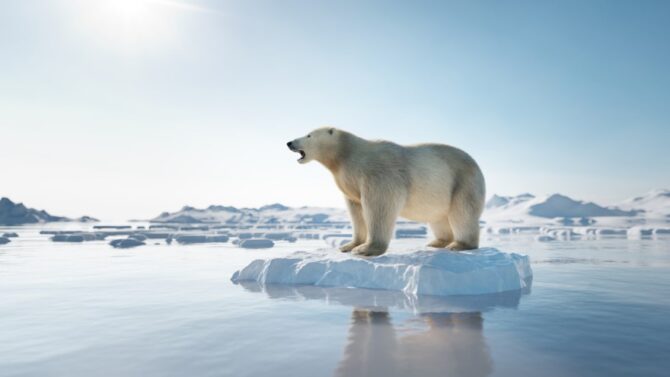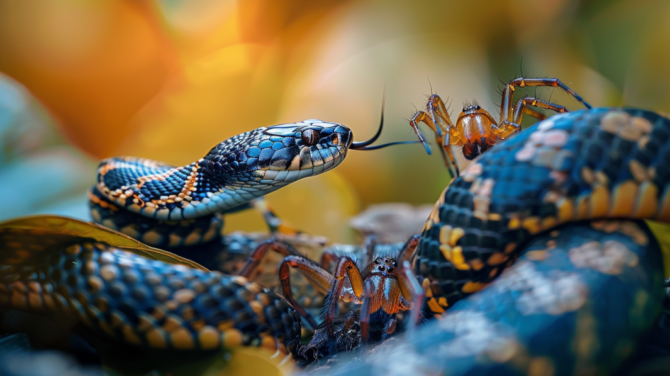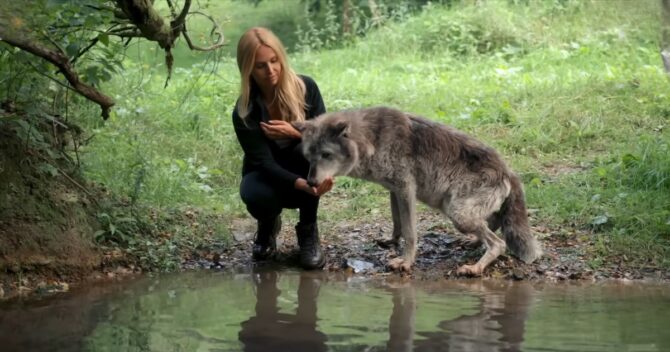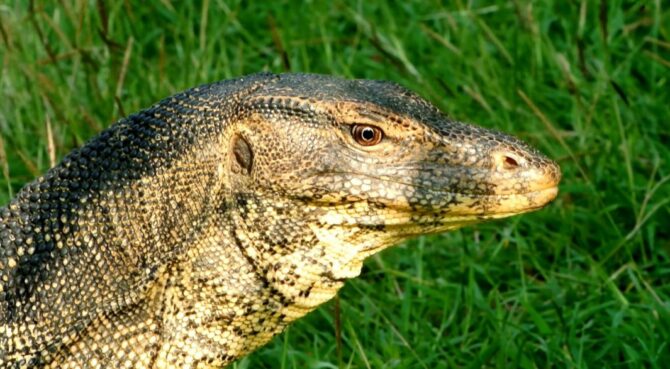Climate change is one of the many problems hitting planet earth today, and things don’t seem to get better anytime soon.
If anything, we’re seeing signs of faster changes than in past years.
Environmental issues always affect both animals and plants, which leads us to wonder how animals, in particular, are coping with climate change.
The effects of climate change on animals are numerous, altering the breeding season of some animals alongside some physiological and genetic changes, to name a few.
Some animals affected by climate change directly suffer more from these issues than others.
While the impacts of climate change on human populations have received much attention, the effects on wildlife and their habitats are equally concerning.
In this article, we will explore the top 7 most eye-opening effects of climate change on animals, illuminating the critical role that wildlife plays in maintaining healthy ecosystems and the urgent need to address this global crisis.
What is Climate Change, in Simple Words?
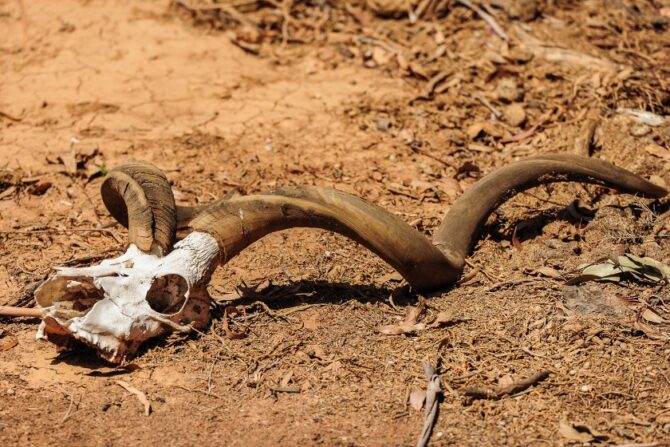
As the name shows, climate change refers simply to an alteration in the climate.1
This phenomenon occurs when there’s a shift in global temperature and weather patterns. This shift is usually long-term.
Climate change can be a natural occurrence, and for a long time in the past, it used to be that.
However, right from the 1800s till date, climate changes have been triggered by human activities.
At first, the idea that human activities could cause climate change didn’t come across as convincing. It took till the 1950s for the idea to finally sink in.
One can argue that the idea of human activities would affect the climate started in the days of Ancient Greece when people theorized that agriculture could determine rainfall.
However, it was in the 1950s that the scientific community got the first evidence of this.
Important research on the topic of climate change is the discovery of the greenhouse gas effect by Joseph Fourier in 1824.2
Causes and Manifestations of Climate Change
Despite the evidence, some people still believe climate change isn’t real.3 Thus, we’ll look at the general human causes and manifestations of climate change before considering its effect on animals.
The main human activity that causes climate change is burning fossil fuels. These include coal, gas, and oil.
The greenhouse gas emissions got from burning fossil traps heat. Some of these gas emissions include carbon dioxide and methane that comes from cars and heating coals.
According to the United Nations, burning fossil fuels is the “largest contributor to climate change.”4
Other causes of climate change are:
- Deforestation
- Food production
- Electricity
While the causes show why climate change has become an important subject in our urban world of technology and gas, the manifestations stand as evidence that this is happening.

Here are some of them:
- The rise in global temperature
- Retreating glaciers
- Shrinking ice
- Warm oceans
Effects of Climate Change on Animals: Picture These 7 Eye-Opening Impacts
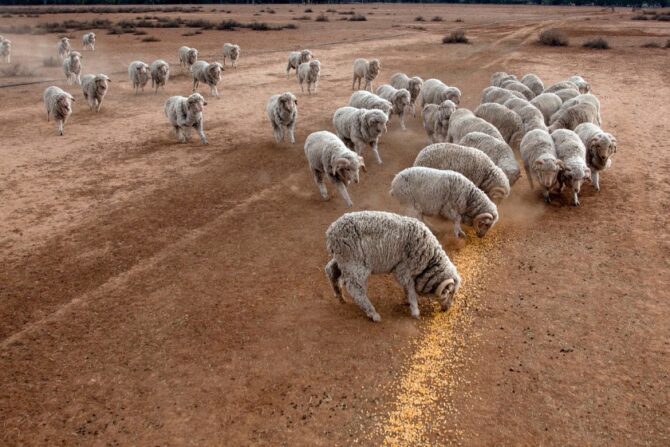
Climate change has adverse effects on humans, animals, and plants. On animals, here are seven impacts:
1. Range shift and loss of habitat
A direct impact of climate change on animals is habitat loss. Due to the rising temperature, many areas have become unsuitable for animals to live in.
Global warming affects the food source in many habitats and the water, both of which are crucial to an animal’s survival.
Some creatures die off when this happens, while others are forced to migrate.
As temperatures change, many species are forced to shift their habitats in order to find suitable living conditions.
Some species are unable to adapt, leading to extinction. Increased habitat loss may see us lose animals like elephants in some years.
2. Changes in migration patterns
Changes in migration patterns directly result from shifting temperatures and rainfall patterns caused by climate change.
Many animals, including birds, butterflies, and marine mammals, rely on specific weather patterns and temperatures to prompt their migration to breeding or feeding grounds.
However, as the climate changes, these cues become disrupted, causing animals to arrive at their destination too early or too late.
This mismatch can have serious consequences for their ability to reproduce, find food, and survive.
For example, some bird species may miss the peak availability of food for their offspring, leading to declines in population.
Similarly, marine mammals may arrive at their breeding grounds when food is scarce, reducing their ability to raise their young.
Changes in migration patterns can also disrupt entire ecosystems, as predators and prey may become out of sync, leading to further declines in biodiversity.
The impacts of climate change on migration patterns are an alarmingly clear example of how even the slightest changes in the environment can have far-reaching and devastating effects on wildlife and their habitats.
3. Changes in behavior and reproduction
Changes in temperature and rainfall can affect the timing of animal behavior and reproduction, leading to mismatches between offspring and available food or between mating opportunities and peak fertility.
In a bid to adapt to the differences in their environment caused by climate changes, animals display behaviors that are inconsistent with what we normally expect of them.
A report shows that traits like boldness and aggression change when the environment gets tweaked.5
4. Natural disasters
Climate change can also increase the frequency and intensity of natural disasters such as hurricanes, floods, and droughts, which can significantly impact wildlife populations and their habitats.
For example, severe storms can destroy nests, disrupt migration patterns, and cause significant mortality in birds, reptiles, and mammals.
Flooding can alter the distribution of food resources, leading to declines in population, while droughts can cause declines in food availability and increase the risk of disease.
In addition to direct impacts, natural disasters can also have long-term effects on wildlife populations and habitats.
For example, hurricanes can cause significant erosion and alter the physical structure of coastlines, reducing the amount of suitable habitat for animals that rely on these areas.
Floods and droughts can also alter the composition and productivity of ecosystems, which can have cascading effects on the food chain and the survival of many species.
5. Disease outbreak
Climate change can also lead to an increase in disease outbreaks in wildlife populations.
Warmer temperatures can provide a hospitable environment for pathogens and parasites to thrive, which can have serious consequences for already-stressed animal populations.
For example, rising temperatures have led to the spread of ticks and tick-borne diseases in many parts of the world, impacting both wildlife and human populations.
Additionally, as animals are forced to shift their habitats due to changing climate conditions, they may come into contact with new diseases or parasites that they have not encountered before, increasing their risk of disease and death.
The effects of disease outbreaks can be particularly devastating for species already threatened or endangered.
Declines in population due to disease can lead to a negative feedback loop, causing further declines and even extinction.
6. Human-wildlife conflict
There has always been a conflict between humans and wildlife. Climate change has added to this.
Due to habitat losses and other climatic conditions, humans and animals are often forced to live near themselves.
This leads to a struggle for resources. Humans hunt down these wild animals, and they, in return, prey on the domestic animals that these humans own.
7. Species loss and extinction

The inevitable outcome of climate change on animals is extinction if nothing is done to help them.
Many species already in decline have their population reduced due to global warming.
What Can You Do to Help?
Protecting the environment and these animals isn’t a job meant for experts alone.
There are several things that individuals can do to help mitigate the impacts of climate change on wildlife and their habitats:
- Reduce carbon footprint: One of the most significant contributions individuals can make to mitigate climate change is reducing their carbon footprint. This can be done by reducing energy consumption through conservation measures such as reducing water use, using energy-efficient appliances, and using public transportation or carpooling.
- Support renewable energy: Encouraging the development of renewable energy sources, such as wind and solar power, can help reduce the amount of greenhouse gas emissions generated by using fossil fuels.
- Conserve natural habitats: Preserving and restoring natural habitats, such as wetlands, forests, and grasslands, can provide critical habitats for wildlife and help mitigate the impacts of climate change on ecosystems.
- Support conservation organizations: Supporting organizations that are working to protect wildlife and their habitats, such as The Nature Conservancy, World Wildlife Fund, or National Wildlife Federation, can help to ensure that conservation efforts are sustained in the face of climate change.
- Reduce waste: Reducing waste and practicing sustainable consumption can help reduce the amount of greenhouse gas emissions generated by waste disposal and help conserve resources for future generations.
- Educate others: Sharing information and raising awareness about the impacts of climate change on wildlife and their habitats can help build support for conservation efforts and encourage others to take action.
These actions can help to mitigate the impacts of global warming on wildlife populations and their habitats and contribute to a more sustainable future for all species.
Conclusion
Climate change significantly impacts wildlife populations and their habitats, leading to changes in migration patterns, disease outbreaks, and increased frequency and intensity of natural disasters.
The impacts of these changes can be severe and have long-term consequences for many species.
However, there are steps that individuals can take to help mitigate these impacts.
These include reducing carbon footprint, supporting renewable energy, conserving natural habitats, supporting conservation organizations, reducing waste, and educating others.
By taking action, individuals can help to ensure a more sustainable future for wildlife and their habitats and contribute to the preservation of biodiversity for future generations.
Up Next…
References & Notes
Facts Sources:
- How Do We Know Climate Change Is Real? Vital Signs of the Planet.
- Wogan D., 2013. Why we know about the greenhouse gas effect. Scientific American.
- Why people still believe climate change is fake… and why we know they’re wrong. University of Hull.
- Causes and Effects of Climate Change. United Nations.
- University of Helsinki. 2021. Climate change affects animal behavior. ScienceDaily.
